It’s not only about Bigger, Faster, Stronger. It’s also about protecting your body.
Health & Fitness February 13, 2012 johnwooton 0
I recently spent four days with Eric Cressey at his Elite Baseball Mentorship program, held at Cressey Perfor- mance just outside Boston. He is known for his work with elite baseball players. But he also works with college, high school and middle school athletes.
I was impressed with the fact that he has a physical therapist and a pitching coach working right along with his strength coaches to improve all the qualities of his athletes and ensure the highest level of performance.
I mention this because it leads right into the second missing link for optimizing your athlete’s performance and staying healthy. I explained previously in SportStars how recovery and regeneration strategies are the missing link for unlocking young athletes’ performance potential. If athletes just play without any consideration for counteracting the stresses placed on their bodies, not only will their performance suffer, but so will their bodies.
These strategies are more than just something they do before training or practice; it is a vital part to an athlete’s success. These are things they should also be doing outside of the gym and practice.
An effective strength and conditioning program should be considered a body care program that involves more than just lifting, plyometrics, speed work, power and conditioning. Often times, programs just build strength on dys- function by throwing inappropriate exercises at athletes, speeding up the erosion of performance and health.
A comprehensive strength and conditioning program starts with assessing the athlete’s sporting and injury history and current pathology (if there is any). Next comes a static and dynamic assessment of the athlete’s joints, using the prior information as an indicator of movement dysfunction. The assessment is thoroughly explained to the athlete and parent as a blueprint for improving the athlete’s current situation for performance enhancement is laid out.
Young athletes need to know why they’re doing it, how to do it and what the outcome will be.
Below is a blueprint for the warm-up each athlete takes part in when they come in for their strength and conditioning program. It is highly dependent upon the assessment process. This can be considered for regeneration or recovery.
- We work on the athlete’s breathing patterns by teaching how to appropriately use her diaphragm in exhalation and inhalation, which strengthens her intra-abdominals, particularly the ones that help to set their pelvis in a more neutral position. This has a positive impact on mobility and stability throughout the whole body.
- Self-myofascial techniques with foam rollers, medicine balls lacrosse balls and The Stick for improving the quality of the tissues of the joints of the body.
- If the athlete needs static or dynamic stretching, this is the part of the program for it.
- This is the activation portion of the athlete’s warm-up. It targets the overactive and underactive tissues throughout her body and addresses their limiting factors, starting from ground based to standing and from simple to complex. The focus is to activate and lengthen the muscles througout the body preparing them for the workout ahead. Simultaneously, it is also addressing any movement dysfunctions that are limiting the athlete’s performance and health.
Within the strength program itself certain corrective exercises will be put in throughout the program, addressing the most pressing limiting factors of the athlete.
But don’t be confused; strength movements when appropriately prescribed and performed, are corrective exercises themselves. Done correctly, these movements will improve strength, stability and mobility throughout the athlete’s body while ensuring optimal performance and health in their respective sports and daily lives.
Tim Rudd is an International Youth Conditioning Association specialist in youth conditioning (level 3), speed and agility (level 2), and nutrition specialist (level 1). For more information, email him at tim@fit2thecore.com.
johnwooton
SportStars Magazine: High School Sports Articles Online SportStars is your go-to source for the very best high school sports articles in California. Player and team profiles, game coverage, health and fitness tips and the largest Camps, Clinics & Combine resource for athletes. We're the story behind the stats.

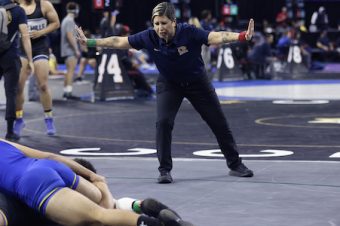
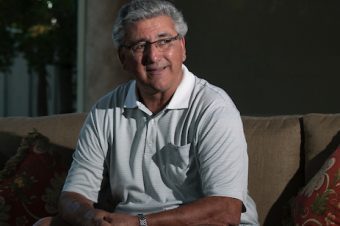
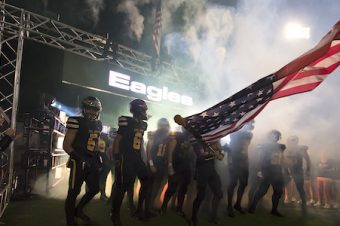

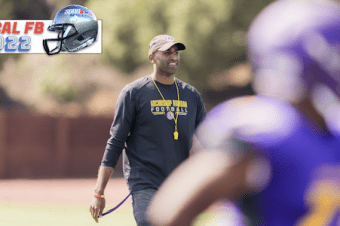
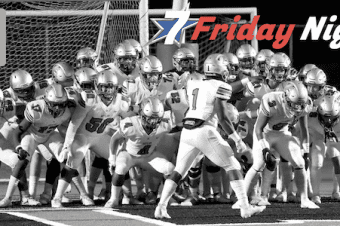
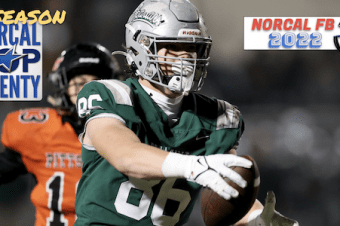
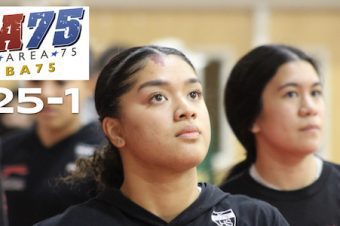

No comments so far.
Be first to leave comment below.